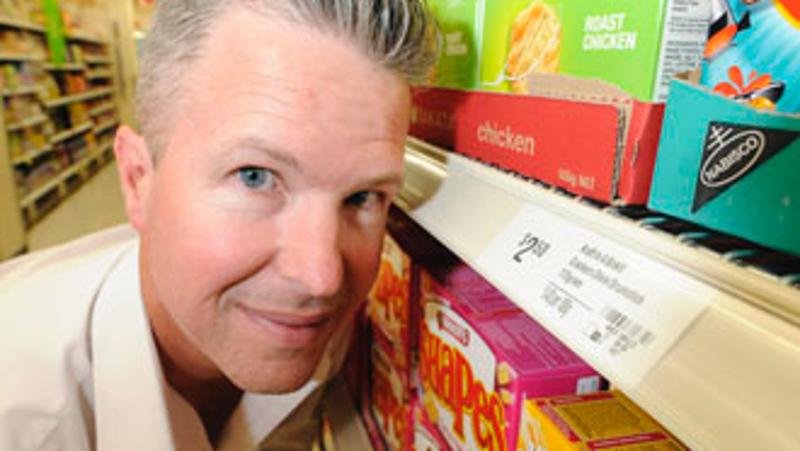
Are Australian shoppers ignoring the potential savings of grocery unit pricing?
A year after the compulsory introduction of grocery unit pricing in Australia, a Queensland University of Technology (QUT) business researcher is launching an investigation into its benefits, as overseas studies show less than 50 per cent of people take advantage of the potential savings.
Gary Mortimer, from QUT's School of Advertising, Marketing and Public Relations, wants to know if shoppers are benefiting from the grocery unit pricing scheme.
"Since December 2009, the unit price of grocery products has been printed on the shelf label in your local supermarket," Dr Mortimer said.
"But if you haven't noticed you're not alone. International research shows that only about 60 per cent of shoppers are aware of unit pricing, and less than 50 per cent use it."
Dr Mortimer said unit pricing was designed to enable customers to make fast price comparisons between grocery brands and similar products of different sizes.
"Price has an important influence on choosing a product, so why is it that overseas studies show only a few shoppers utilise unit price information?" he said.
"It could be that people are unaware of unit pricing because there is so much information on labels today like price, unit price, barcode, APN, size and description, shoppers may simply be overwhelmed by the data and avoid referencing it.
"Or shoppers may simply be constrained by time and effort."
Dr Mortimer said international research also suggested that unit pricing was aimed at older, less affluent, less educated shoppers because of its savings potential and ability to enable informed purchase decisions.
However, he said this group could lack the cognitive ability to understand or comprehend the information.
"If this is true for Australian shoppers, we need to change the way we display unit pricing by making it more prominent," he said.
Dr Mortimer said shoppers could save money using unit pricing but these savings needed to be taken in context and treated with caution.
"A larger packet may be cheaper per gram than a smaller packet but if you have to pay a higher retail price to start with, it becomes a false economy if you end up wasting half the contents of the larger packet because you simply cannot use it all," he said.
Dr Mortimer said it was also important to remember unit pricing did not provide a good mechanism to evaluate all types of grocery products.
"Toilet paper comes in different ply, washing detergents have different concentrations, as does cordial and soups," he said.
"Unit pricing does not capture different densities, concentrations and strengths and these need to be taken into consideration."
Dr Mortimer plans to expand his study next year to look at measuring the awareness, understanding and usage of unit pricing in Australia, to identify those who use the scheme and what constraints might be preventing people from achieving the benefits.
He said this study would provide a better understanding of the effects and benefits of unit pricing for supermarket consumers.
Media contact
Sandra Hutchinson, QUT media officer, 07 3138 2999 or s3.hutchinson@qut.edu.au
**A high resolution photo of Dr Mortimer is available for media use


